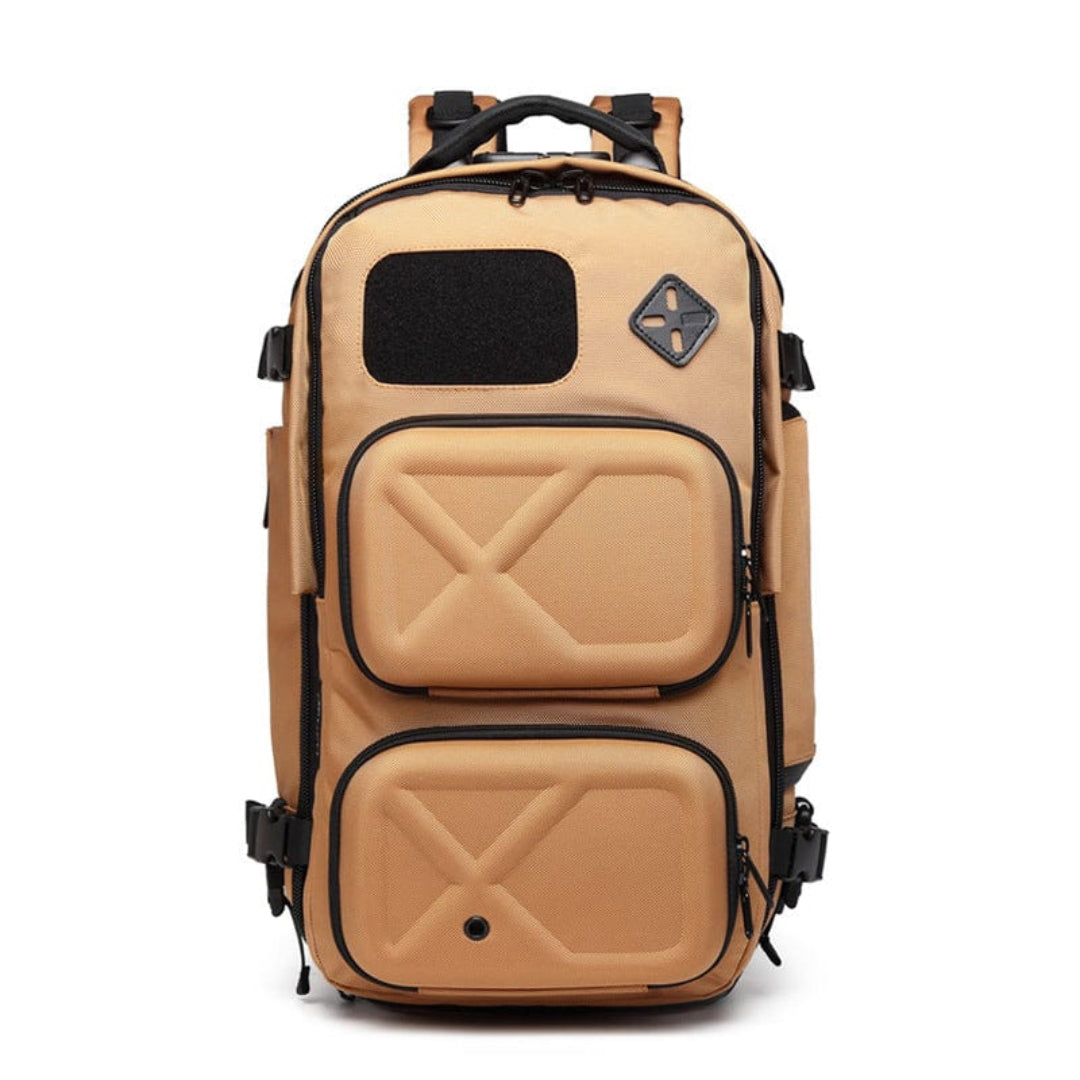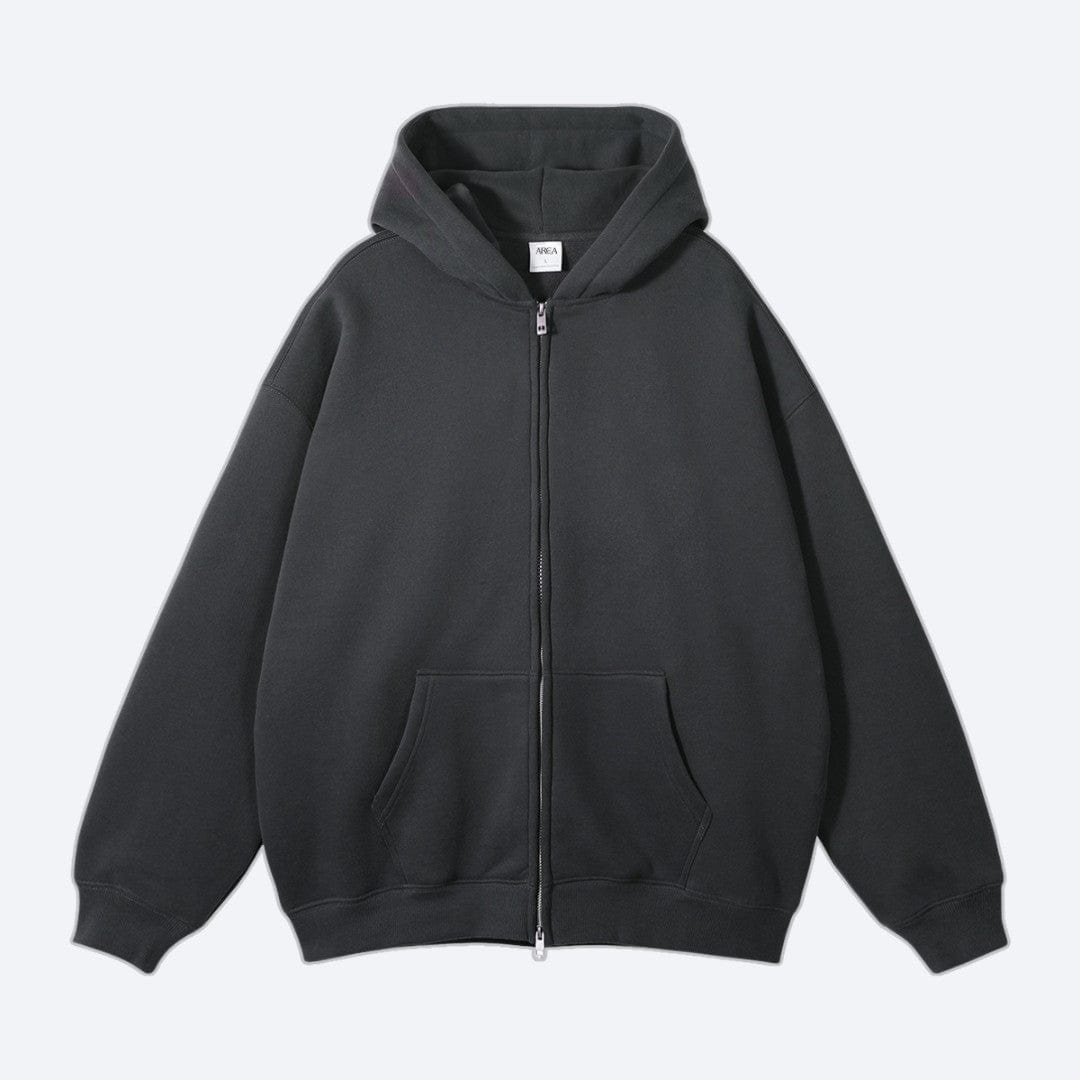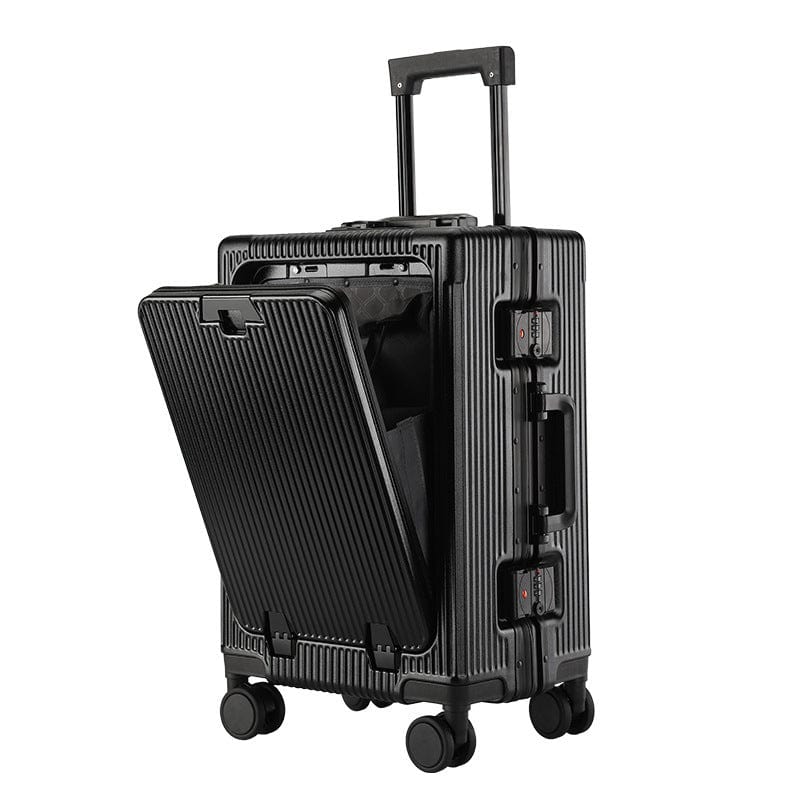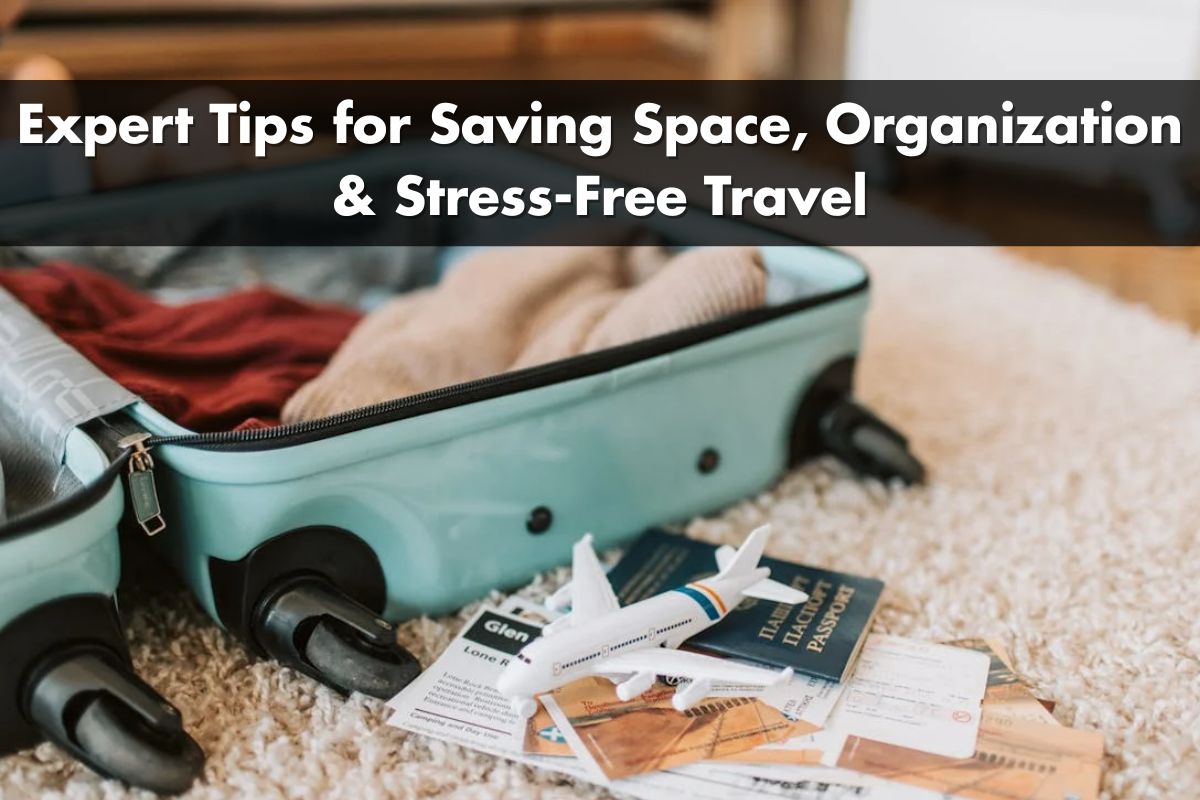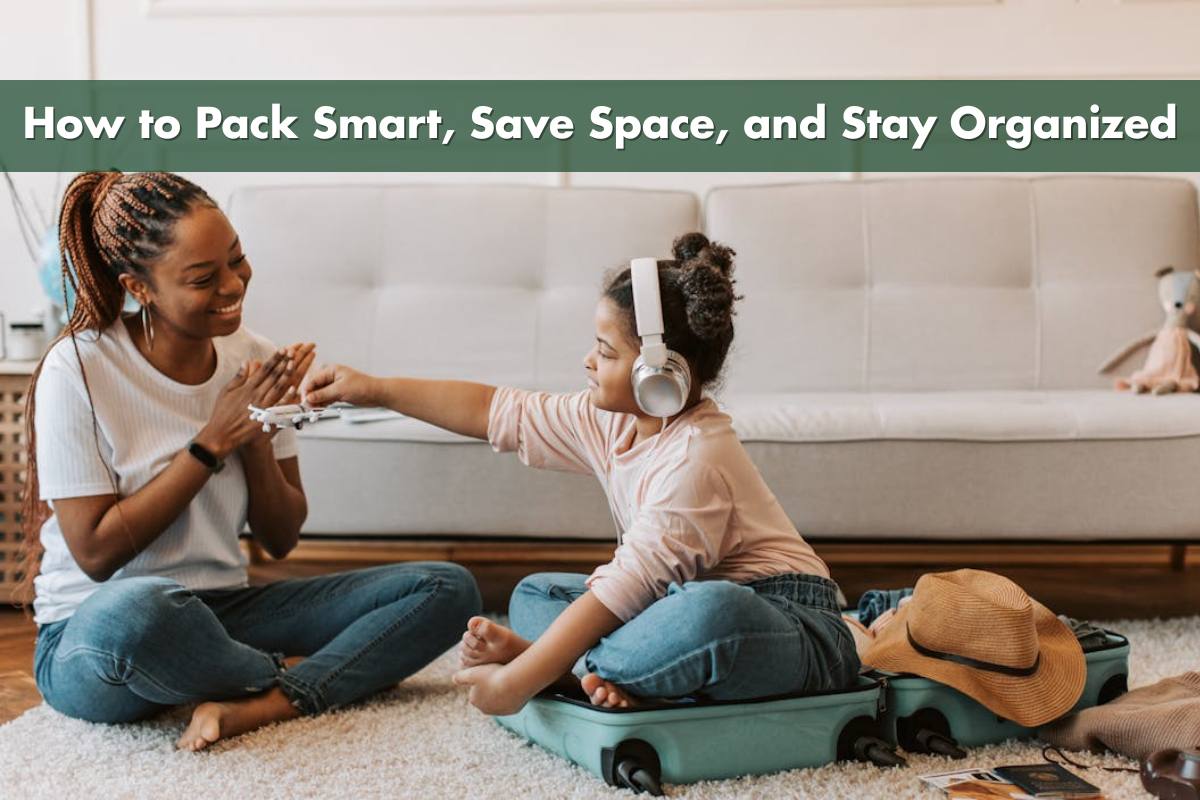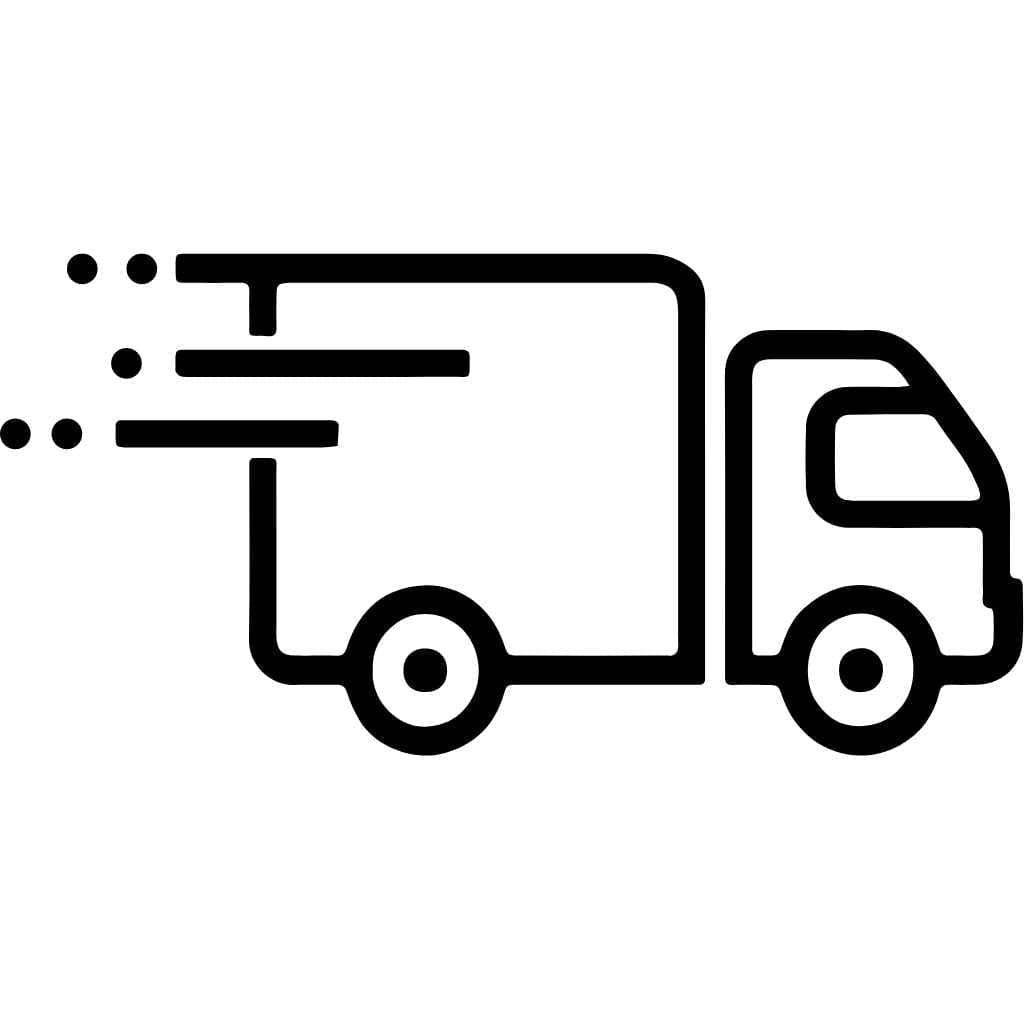Recent tests comparing folding rolling and packing cubes show surprising differences in space efficiency and organization. Rolling clothes can help you save space while packing cubes keep everything sorted and make customs checks a breeze. If you want to maximize every inch of your suitcase and keep your outfits looking fresh it pays to rethink your packing strategy.
Choose the Right Suitcase
Selecting the right suitcase directly affects how efficiently you pack. Hard-sided suitcases provide better protection for fragile items and typically resist compression, which helps keep your packed clothes in shape. Soft-sided bags allow more flexibility for squeezing in extra items and fit more easily into tight overhead bins on planes.
Standard carry-on suitcases range from 20 to 22 inches in height, meeting most airline size restrictions. Always check your airline’s weight and size limits before departure, since exceeding them often leads to extra fees. For long trips, checked suitcases over 24 inches offer more capacity but weigh more once full.
Choose lightweight, durable materials like polycarbonate or ballistic nylon to reduce empty-bag weight. Four-wheel spinner suitcases increase maneuverability in airports, while two-wheel models provide added durability over rough surfaces.
Consider external pockets and expandable gussets for easy access to travel documents or jackets. Built-in locks and anti-theft zippers add security, helping keep your belongings safe as you travel. If your suitcase comes with internal compartments or compression straps, use these features to secure your items and prevent shifting during transit.
Plan and Prepare Your Packing List
Strategic planning ensures you pack only what’s necessary and avoid last-minute oversights. A tailored packing list lets you customize your suitcase for your specific travel context and destination.
Consider Trip Duration and Activities
Trip duration and planned activities shape your core packing needs. For a weekend trip, pack essentials like two changes of clothes and one pair of shoes. For extended vacations spanning seven days or more, include a mix of versatile outfits such as tops, bottoms, undergarments, and sleepwear to match your itinerary. Activity-specific items—like swimwear for beach locations, hiking boots for outdoor trips, or formal attire for business events—reduce wasted space and ensure readiness.
Check Weather and Destination Details
Local weather and destination factors dictate fabric choice and layering options. Check climate data for your travel dates before packing so you include only season-appropriate clothing—for example, lightweight shirts for humid conditions or insulated jackets for winter regions. Destination requirements may also involve cultural considerations like modest-wear or dress codes, especially at religious or formal sites. Secure essential accessories such as umbrellas, hats, or sunscreen for locations with frequent rain or intense sun exposure.
Select Clothing and Accessories
Selecting the right clothing and accessories determines how efficiently your suitcase uses space while keeping your travel essentials organized. Choose items that match the activities and weather at your destination, and focus on versatile pieces.
Decide on Rolling, Folding, or Packing Cubes
Decide on a packing method that suits your trip and clothing mix. Rolling clothing maximizes space and minimizes wrinkles for items like t-shirts and jeans. Folding works best for easily creased garments like button-up shirts or formalwear—place these on top to avoid excessive wrinkling. Packing cubes act as organizers that compartmentalize categories such as tops, pants, and underwear, making it easier to locate items quickly and keep your bag neat, especially during customs inspections. Compression cubes offer extra savings for bulkier pieces including winter outerwear.
Organize Shoes and Accessories
Organize shoes and accessories to prevent wasted space and protect clothing. Place shoes at the bottom or sides of your suitcase, with soles facing outward, to leverage structure and keep dirt contained. Use shoe bags to separate footwear from clothes and pack socks or small accessories inside shoes for extra efficiency. Roll belts to prevent creases and store them along the suitcase perimeter. Use dedicated toiletry bags to contain liquids and keep personal care items together, reducing the risk of spills impacting clothing. Store jewelry and small accessories in mini pouches or zippered compartments to maintain organization and accessibility.
Pack Toiletries and Essentials
Packing toiletries and essentials requires deliberate organization and attention to airline regulations. Prioritizing leak prevention and secure storage protects your clothing and electronics from spills or damage.
Follow Airline Liquid Restrictions
Airline liquid restrictions apply to carry-on luggage for all travelers. Each liquid must be in a container no larger than 3.4 ounces (100 milliliters), all containers must fit inside one clear quart-sized plastic bag, and only one bag per passenger is allowed. Choose leakproof travel bottles for items like shampoo, conditioner, and lotion. Avoid filling containers completely to prevent pressure-related leaks during flight. Essential items such as medications and contact lens solution also fall under these rules, but exceptions exist for larger medically necessary liquids if you notify security officers in advance.
|
Airline Liquid Rule |
Specification
|
|---|---|
|
Max container size |
3.4 oz (100 ml) |
|
Allowed bag |
1 clear quart-sized plastic bag per person |
|
Placement |
Liquids in bag, bag placed in carry-on |
|
Medical exceptions |
Allowed, must be declared at security |
Separate Fragile and Special Items
Separating fragile and special items in your suitcase ensures added protection during transit. Place fragile items such as glass bottles, electronics, or jewelry organizers in the center of your suitcase, padded with soft clothing layers. Roll small electronics like chargers in t-shirts, then tuck them into mesh pockets or compartments for easy retrieval. Store special-use items—like prescription medications, travel documents, and valuables—in your personal carry-on, not checked luggage, for immediate access and increased security. Use travel-specific organizers to keep toiletries upright and prevent movement, minimizing the risk of breakage or loss.
Efficient Packing Techniques
Efficient packing techniques unlock more space and keep your belongings organized throughout your trip. Smart strategies ensure your suitcase stays tidy and clothes arrive wrinkle-free, regardless of your destination.
Layer Items Strategically
Layering items strategically creates stability and shields delicate garments from wrinkles. Place heavier items, like shoes or toiletry bags, at the bottom of your suitcase near the wheels. Stuff socks and small accessories inside shoes to preserve shape and save space. Spread jackets or blazers flat over your packed items, folding sleeves and hems over the edges, then fold them back as you fill your suitcase. Add flat-folded shirts and dresses on top of rolled or bulkier clothes to protect their creases. Tuck belts, ties, and jewelry into edge gaps, using pouches to avoid tangling and direct pressure.
Maximize Space and Minimize Wrinkles
Using multiple techniques allows you to maximize suitcase space while minimizing wrinkles. Roll soft items such as t-shirts, jeans, and casual dresses into tight cylinders, smoothing wrinkles as you go. Rolled items fit snugly in corners and along edges, efficiently using every inch. For shirts and clothing prone to creasing, fold minimally and store these pieces near the top where less weight prevents deep wrinkles. Adopt packing cubes to group similar items—like undergarments, electronics, or socks—enabling easier unpacking and quick access. Compression bags offer added space savings but expand on reopening, so reserve these for the outward journey only. Avoid overpacking to prevent garment compression that leads to deep wrinkles; leave spare capacity for shopping or souvenirs.
Final Checks Before Traveling
Performing last-minute checks ensures your suitcase is both compliant and convenient for your journey. Efficient final steps help prevent delays, damage, or missing essentials during travel.
Weigh and Secure Your Luggage
Verify your packed suitcase meets weight limits by using a handheld luggage scale or checking on a bathroom scale. Major airlines impose checked bag limits between 40 and 50 lbs; exceeding these often triggers extra fees. Fasten all zippers, close latches, and lock the suitcase with TSA-approved locks. Double-check any external pockets for items that could catch or fall out. Luggage straps can add reinforcement, especially for overstuffed or soft-sided bags.
Keep Important Items Accessible
Store travel documents, identification, boarding passes, and medications in a personal item or easy-access outer pocket. Place electronic devices and charging cables in a separate compartment for quick retrieval during security checks. Keep a quart-sized bag with your allowed liquids in your carry-on to clear security faster. Secure wallets, keys, and mobile devices in zippered interior sections to avoid misplaced essentials while in transit.
Conclusion
Mastering the art of packing isn’t just about fitting everything into your suitcase—it’s about making your journey smoother and more enjoyable from start to finish. By refining your approach and choosing the right tools and techniques you’ll travel lighter and smarter every time.
A little planning goes a long way. With thoughtful preparation and a few strategic choices you’ll be ready to handle any trip with confidence and ease. Safe travels and happy packing!


